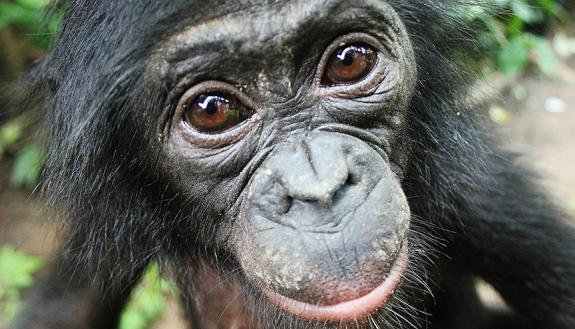
Sciences, Life














December 6, 2017
President Price Helps Open Renovated Chesterfield Building for Life Science Research
Read















December 6, 2017
Read
